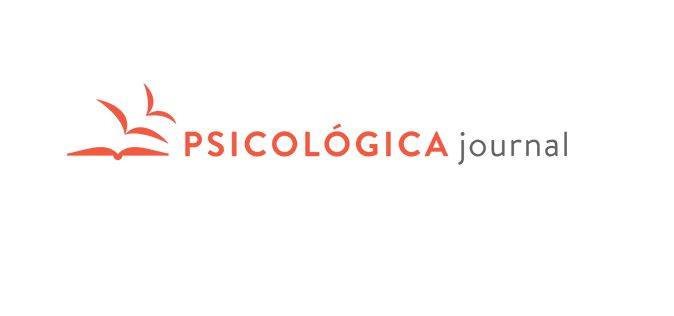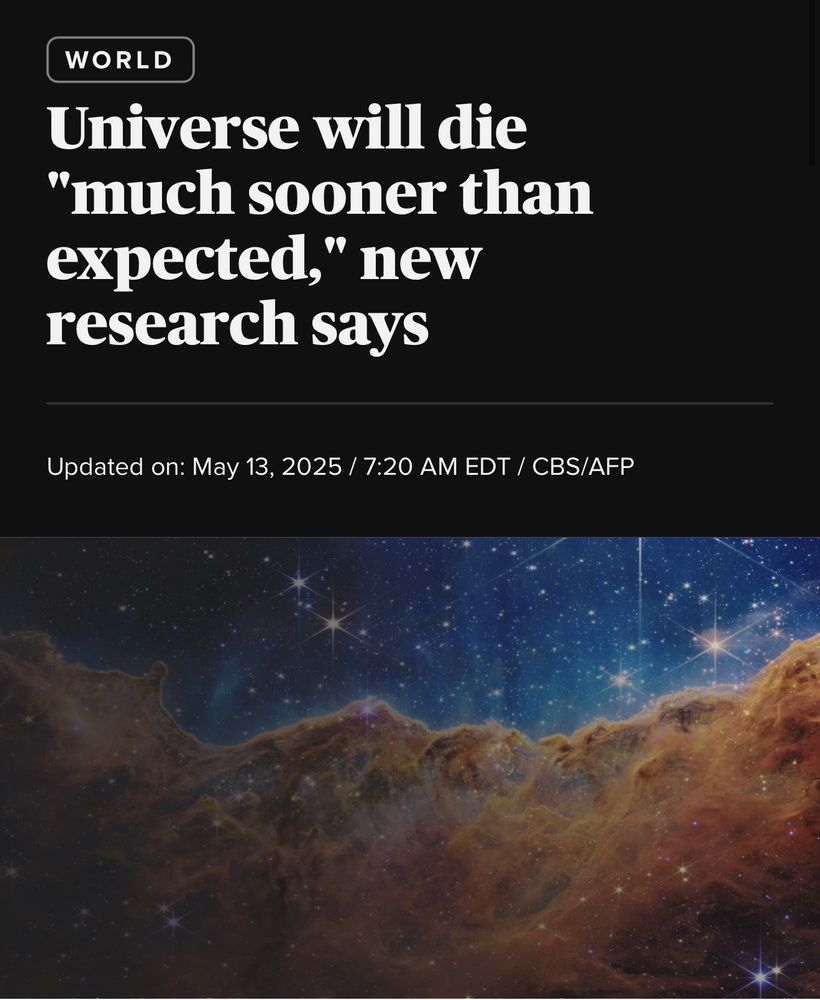Pandelis Perkakis
@pandelisperakakis.bsky.social
110 followers
200 following
14 posts
Associate Professor of Psychology at Complutense University of Madrid
Investigating #AffectDynamics
Co-founder at openscholar.info
Managing editor at psicologicajournal.com
More: pandelisperakakis.info
Posts
Media
Videos
Starter Packs
Pinned
Reposted by Pandelis Perkakis
Reposted by Pandelis Perkakis
Reposted by Pandelis Perkakis
sepex.bsky.social
@sepex.bsky.social
· May 6

Incorporación Junior Editors a Psicológica
Estimados socios y socias de la SEPEX: El pasado mes de enero, Psicológica abrió la convocatoria para cubrir varios puestos de Junior Editor en la revista. Tras la expresión de interés de un variado grupo de investigadoras e investigadores con perfiles tan diversos como valiosos, se tomó la decisión de incorporar dicho grupo al completo. La primera reunión de este nuevo equipo tuvo lugar a principios de marzo, presentando tanto la revista como el proyecto editorial, y exponiendo las distintas labores a desarrollar.
websepex.com
Reposted by Pandelis Perkakis
Katie Mack
@astrokatie.com
· Apr 9
Reposted by Pandelis Perkakis
Reposted by Pandelis Perkakis






